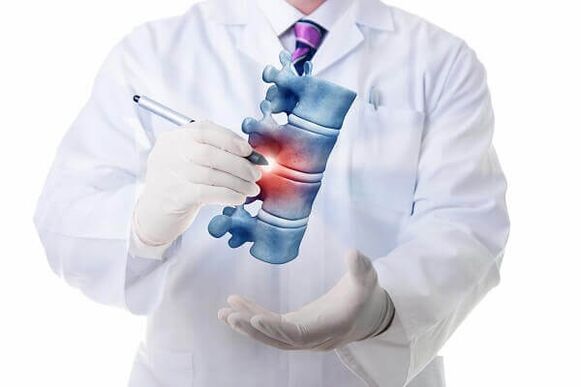
reason
- Back injuries;
- genetics;
- Flat feet, congenital clubfoot;
- obesity;
- Sedentary work and passive lifestyle;
- Metabolic disorders;
- bad posture;
- Weak constitution, innate weakness of muscles and ligaments;
- Harmful working conditions (vibration, jerking, body shaking);
- Frequent lifting of heavy objects;
- low temperature;
- pressure;
- Chronic inflammation of infectious tissue.
symptom
- Numbness, goosebumps, and burning sensation in the affected area;
- Decreased mobility;
- Back muscle fatigue;
- Decreased performance, fatigue.
type
Which doctor treats osteochondrosis?
If you experience severe back pain, you should postpone your appointment with a neurologist or neurologist. If your local clinic does not have such a specialist, you should contact your GP. After an initial examination, your doctor will prescribe a treatment plan or refer you to another specialist.
diagnosis

- X-ray of the entire spine (2 projections);
- MRI and CT;
- Doppler imaging of cervical spinal vessels and arteries.
treat
- massage;
- exercise therapy;
- Traction of the entire spine;
- manual therapy;
- Impact on activity points.
complication
prevention

- avoid stress;
- Prompt treatment of infections and pathologies of the musculoskeletal system;
- Limit the weight of lifted objects;
- Strengthen the immune system.






















